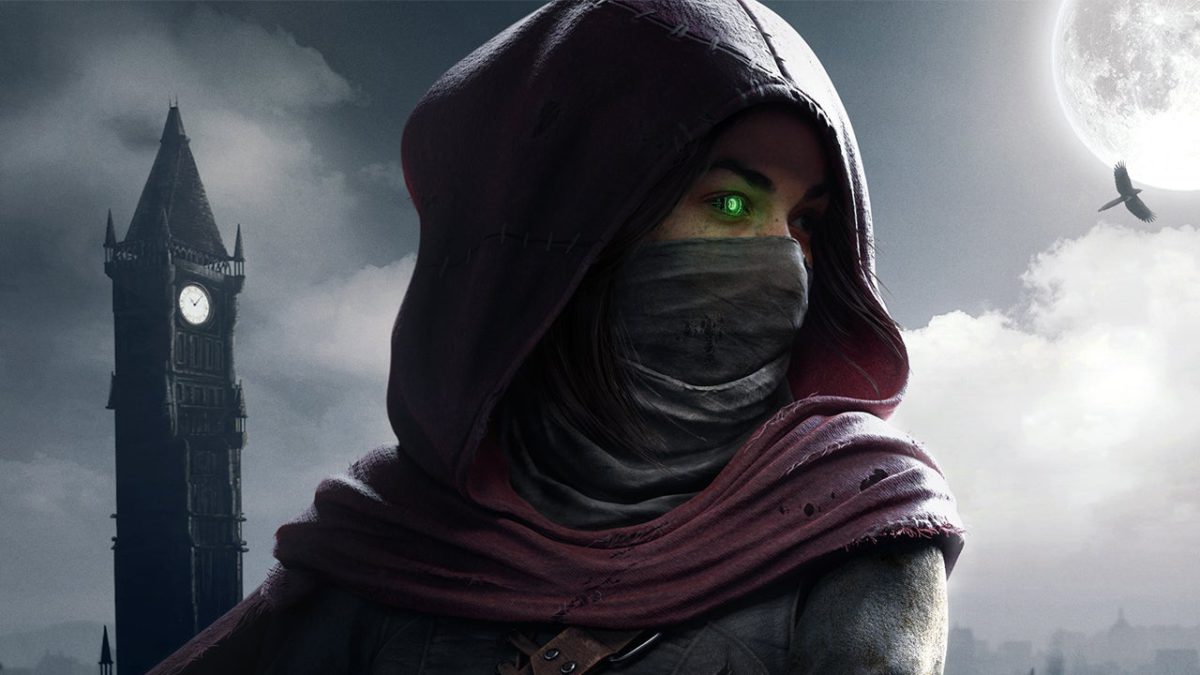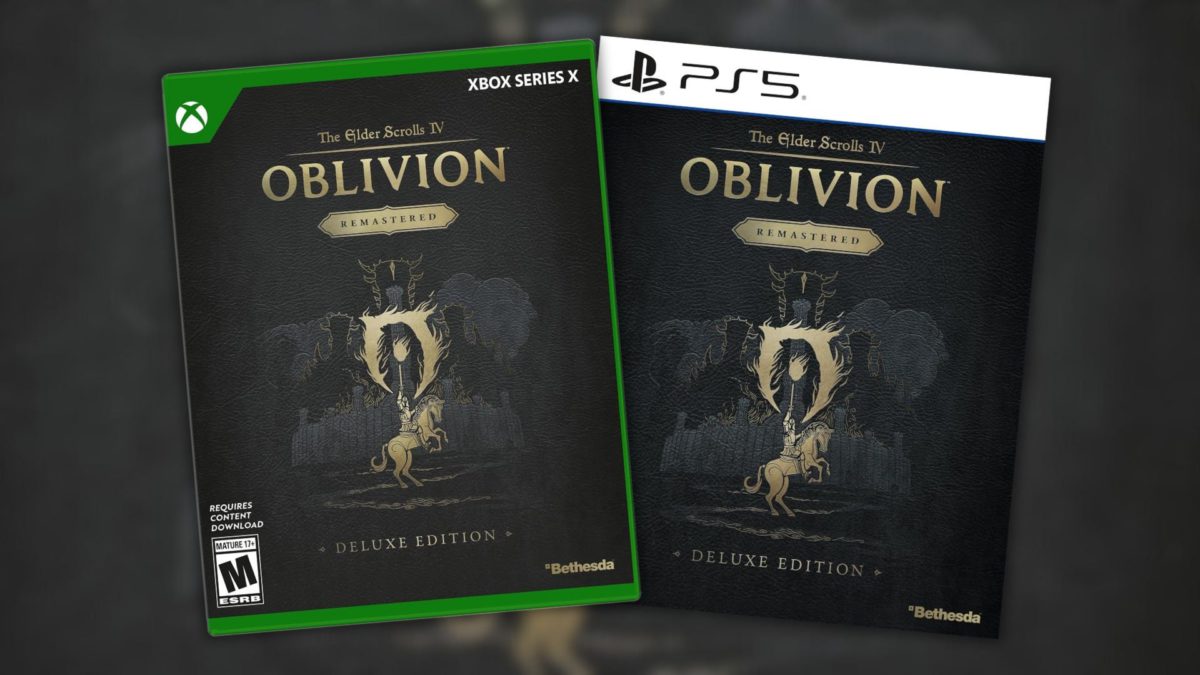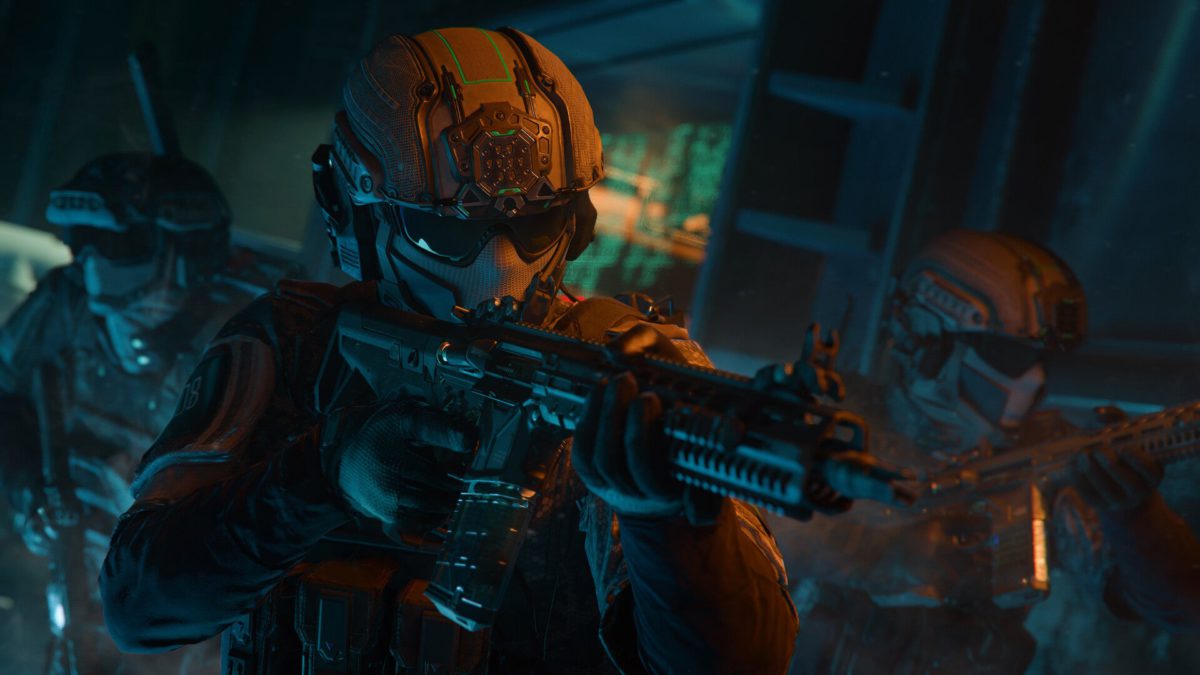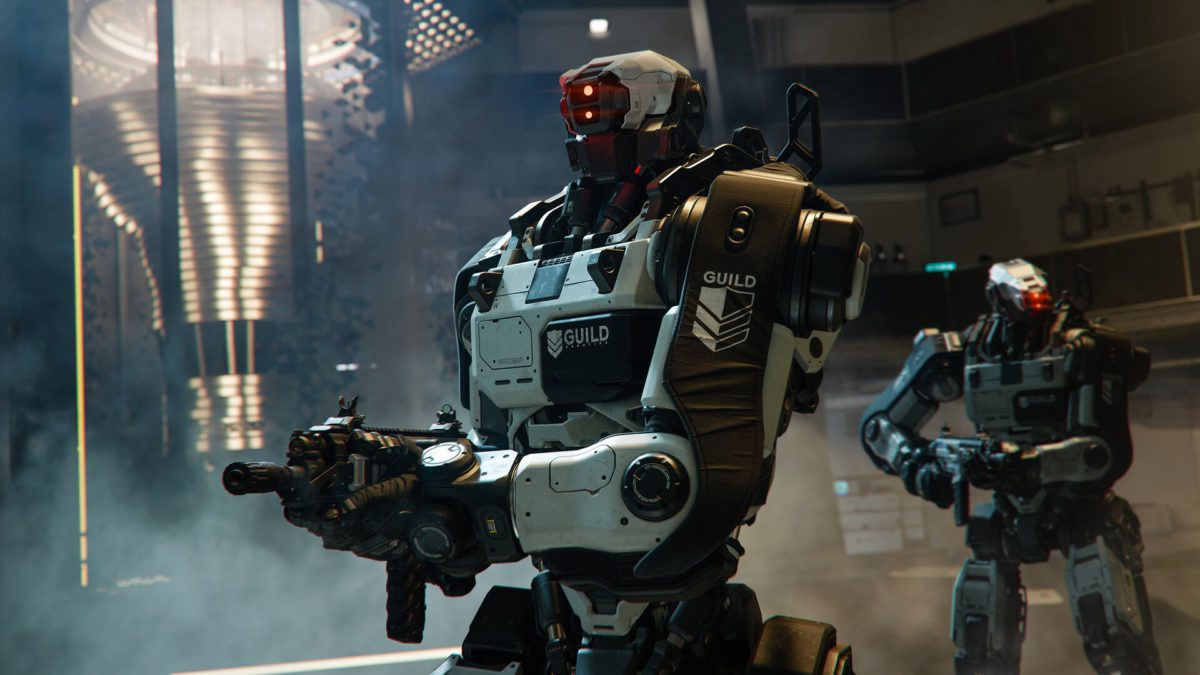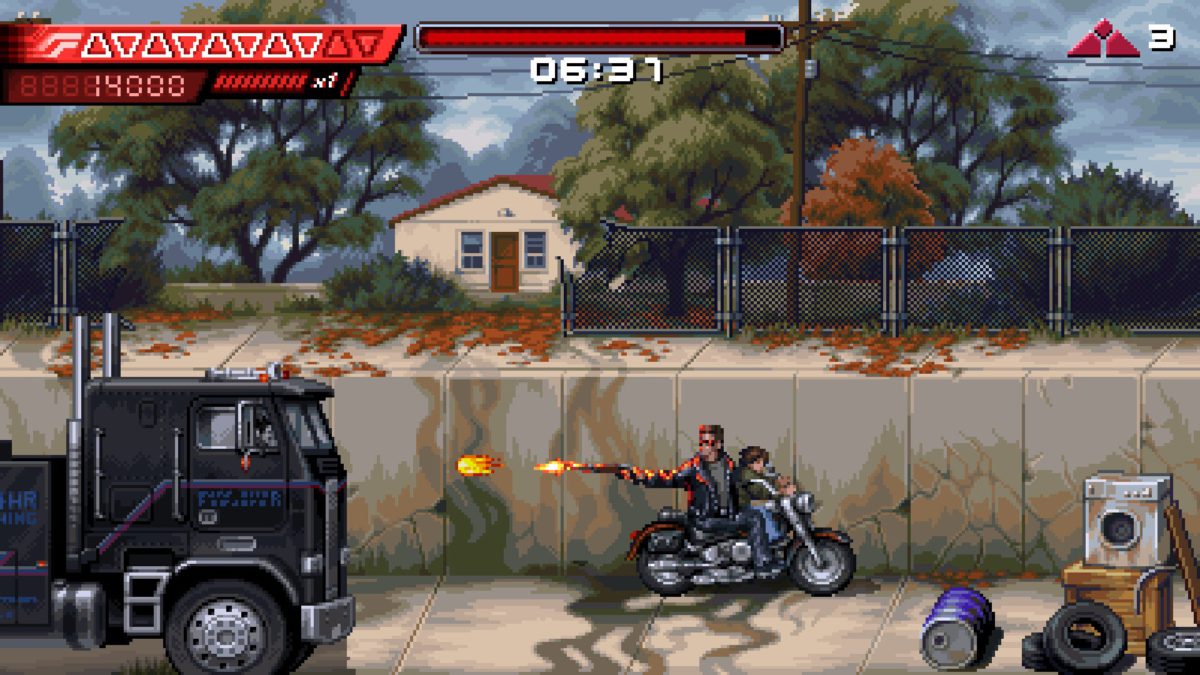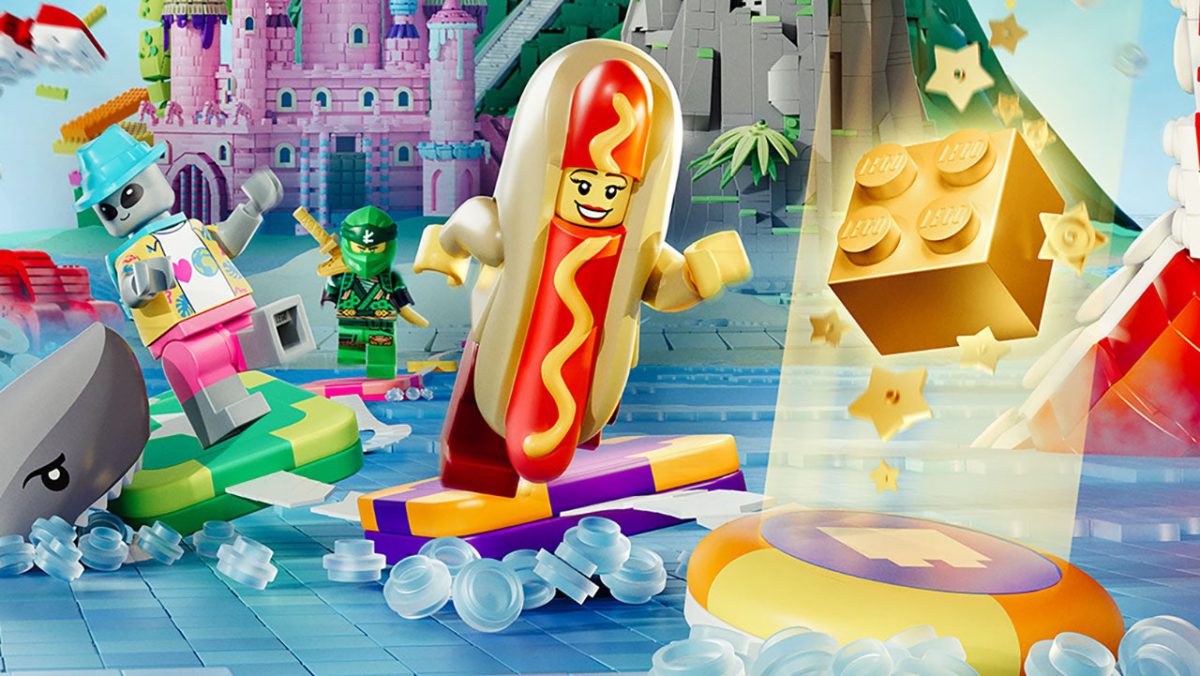
I was very pleasantly surprised when a new Thief game was announced at Sony’s June 2025 State of Play. It’s one of my favorite franchises — I am still of the opinion that Thief II: The Metal Age is the best stealth game ever made – and it’s been dormant since 2014’s fairly forgettable Thief. That entry in the series was probably most notable not for what it included but what it didn’t: namely, voice actor Stephen Russell, who’s provided the titular thief’s voice and wry attitude since the original back in 1998.
And so Thief VR already starts off on the right foot by including Russell as Garrett – even if you don’t play as him. Rather, you play another prowler named Magpie in events set between Thief: Deadly Shadows and Thief (2014). I played the tutorial mission and then a later one, with a developer politely refusing to spoil how Garrett factors in, only that he and Magpie become joined somehow at an early point in the campaign. From a context clue I heard in the second mission I played, it sounds like Garrett’s spirit or soul might be trapped in some kind of trinket that Magpie wears (after presumably stealing it).
Anyway, Thief has always been about stealth in its purest form, meaning: steal as much loot as possible and don’t get spotted, because if you do, you aren’t physically powerful enough to kill almost anyone. And based on what I’ve played so far, Legacy of Shadow seems to get and fully embrace this. Quite simply, there are valuables everywhere here. On tables, in chests (both locked and unlocked) – even on top of those fancy beds that have a “roof” on them. Keeping a keen eye out for goodies to stuff into your pockets (by way of grabbing them with your VR controller and putting them into an imaginary loot bag on your hip) will satisfy the inner kleptomaniac in any of us. In fact, I couldn’t help but chuckle at the numerous times there were multiple loot items in a single spot – say, two valuable chalices – and I did something that only a Thief VR game could allow me to do: grab them both at the same time, like some insatiable loot-hording goblin.
Speaking of unique VR modifications to gameplay, I really like the way you can go about knocking out unaware (and unhelmeted) guards in Legacy of Shadow when you’re sneaking around crouched: by first swinging your blackjack at their knees to bring them down to theirs, and then whacking them on the back of the head. And yes, you can reach your hand out, grab them by the ankle, and drag them into darkness in order to hide the unconscious bodies. Lockpicking, meanwhile, has you take your pick out from your inventory, insert it into the lock, and then grab both pieces with both hands and rotate until they get into a narrow zone. It’s a good VR-ification of Thief’s classic mechanic. Also, just as in the other Thief games, you’ve got a light gem that shows you how visible you are, though here it’s on your hand since that’s the most organic form of a UI for VR.
Because Legacy of Shadow is set farther along in the Thief timeline, the light-giving torches of the early games have been replaced by electric lights, meaning you can’t snuff them out with one of your water arrows. Yes, if you were wondering (as I sure was) if Thief’s classic arrow types would return, most of them indeed have! In addition to regular arrows — used as a last murderous resort that will leave a noticeable bloodstain on the floor – the fire, water, and rope arrows are back. No word on the moss arrows that were useful to fire at cobblestone floors in the old Thief games to muffle the sound of your footsteps as you slunk about.
And speaking of dousing lights, some rooms have lit candles providing illumination. Not only can you pinch them out with your fingers via the VR controller, but my demo guide told me that in the final version, the PSVR 2’s microphone will be incorporated, allowing you to blow out the candles (note: Thief VR is also being released for Steam VR and Meta Quest). Another VR-specific touch: you can find loose non-valuables like plates or pottery to toss across the room, causing them to shatter and luring any nearby guards to investigate.
OK, so Thief VR has all the right tools, but does it know how to use them? Based on the mission I played – I’m not going to go into detail on the tutorial level, as it was really just to (obviously) get me up to speed on Legacy of Shadow’s mechanics – this longtime Thief fan is going to answer with a resounding “Yes!” thus far. The goal in this mission was to steal a relic from inside a large, well-guarded manor. And by well-guarded I’m talking about plenty of guards patrolling the grounds outside as well as a bright searchlight that pans back and forth across the premises and an alarm system that will sound off if you’re spotted.
Just getting in was a chore. My instinct in every Thief game is to try and figure out how to stealthily take down every guard. After a few failed attempts, I won’t say that wasn’t possible here, but I had to be wary of the time constraints of my one-hour demo appointment. So I reluctantly snuck past the patrolling guards outside until I could reach the side of the manor, where I was able to use protruding stones in the masonry as climbing points to grab onto and mantle my way up to an open window.
Once inside, I found loot – so, so much loot – and a bookcase puzzle that required me to pull books with sentence-like titles on their spines in a specific order. It turned out that the solution was inscribed on a painting on the opposite side of the room, but before I noticed that, I was able to put the phrases together into a cohesive poem of sorts, which granted me access to a key I’d need later. I next needed to get downstairs, leaving me two choices: the stairs, which meant getting by a patrolling guard; or down a chimney, at the base of which was a roaring fire. (On this note, having multiple paths to get everywhere is another classic Thief tenet that Legacy of Shadow seems to absolutely nail.) I chose the latter, physically reaching over my shoulder with my PSVR2 controller, grabbing my bow, and then reaching my other hand over my other shoulder to get and ready a water arrow. I aimed down the chimney, loosed the arrow, and snuffed out the flames, allowing me to safely descend to the first floor undetected.
I took out a couple guards on the ground level using the aforementioned kneecap-to-neck-whack one-two blackjack combo, then reached the library room housing the relic I sought. It was in an elevated glass case in the center of the room, very prominently displayed. But when I approached my prize, a security measure activated, sending the relic and its display down a level to the basement via a pulley system its platform was rigged to.
But before I could go down, I had to go back up – to the second floor of this very study, which had a fuse box way up high that I needed to pull in order to disable the relic’s security system. Another VR moment ensued: after climbing a ladder up against the wall of books, I had to hand-over-hand my way along bars hanging down from the ceiling in order to access the fuse box at the very top of this high-ceilinged space.
Once I snuck down to the basement – via a main hallway I’d already knocked out the guard of – I simply had to sneak past one last guard. Except this one was sleeping. I snuck around behind his chair, stood up, took out my blackjack, and…saw at the last moment that he was wearing a helmet, which almost certainly meant that whacking him over the back of the head would only wake him up and piss him off rather than send him into a deeper state of unconsciousness. Moving along and into the relic’s safe room, I this time had no more opposition from either man or security system, grabbed the relic, and then simply had to escape, which meant going back upstairs, outside, and past those pesky patrols and their searchlight again. I remained annoyed at myself for not taking them out in the beginning, but I did successfully reach the exit.
There were a few secondary objectives I very badly wanted to go back and achieve – like finding a secret loot room in the basement and burning the hanging banners of the manor’s lord – that I knew I didn’t have time to do in my limited time. Yet again, Thief VR gets kudos from me for respecting that critical part of Thief’s past: having more to do than just the main quest, and making it fun to want to make that extra effort. Anyway, I look forward to taking my sweet time to check everything off of my to-do list in the final version of Legacy of Shadow later this year.
Ryan McCaffrey is IGN’s executive editor of previews and host of both IGN’s weekly Xbox show, Podcast Unlocked, as well as our monthly(-ish) interview show, IGN Unfiltered. He’s a North Jersey guy, so it’s “Taylor ham,” not “pork roll.” Debate it with him on Twitter at @DMC_Ryan.

